Chapter House Lane, 18 January - 24 February, 2018

Untitled,
Oil, enamel and acrylic on ply wood,
90x75cm, 2017
Oil, enamel and acrylic on ply wood,
90x75cm, 2017
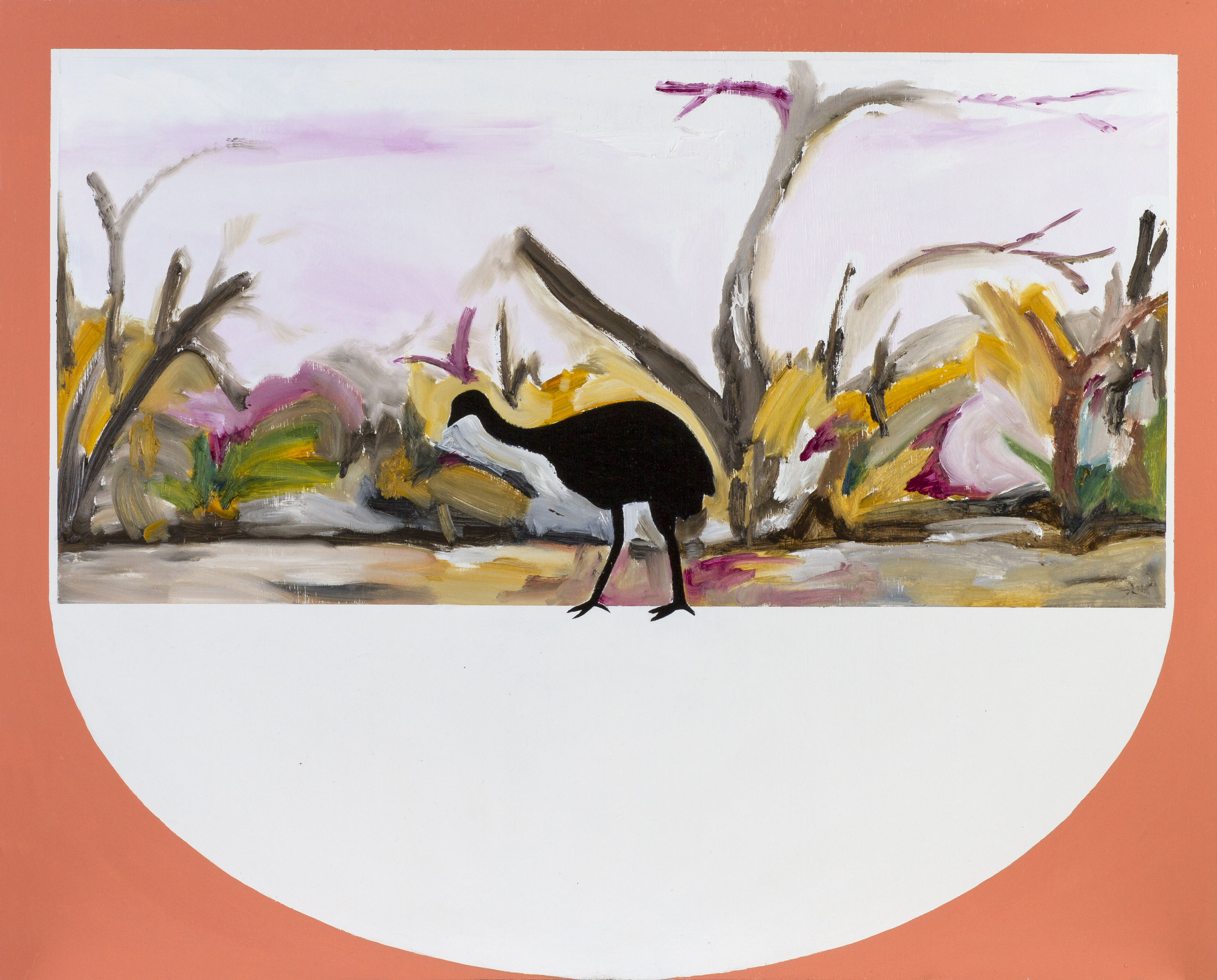
Untitled,
Oil, enamel and acrylic on ply wood,
90x75cm, 2017
Oil, enamel and acrylic on ply wood,
90x75cm, 2017
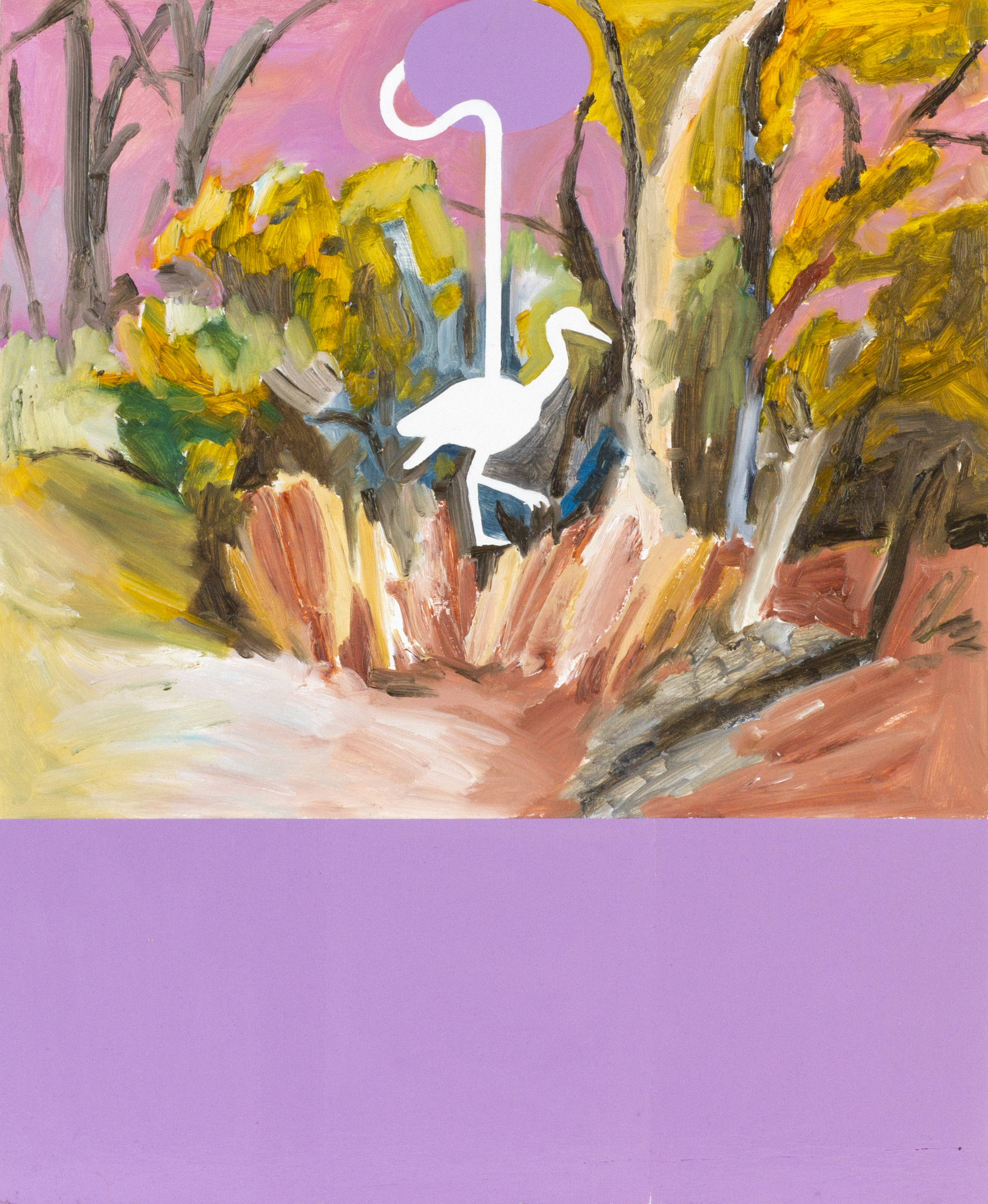
Untitled,
Oil, enamel and acrylic on ply wood,
90x75cm, 2017
Oil, enamel and acrylic on ply wood,
90x75cm, 2017
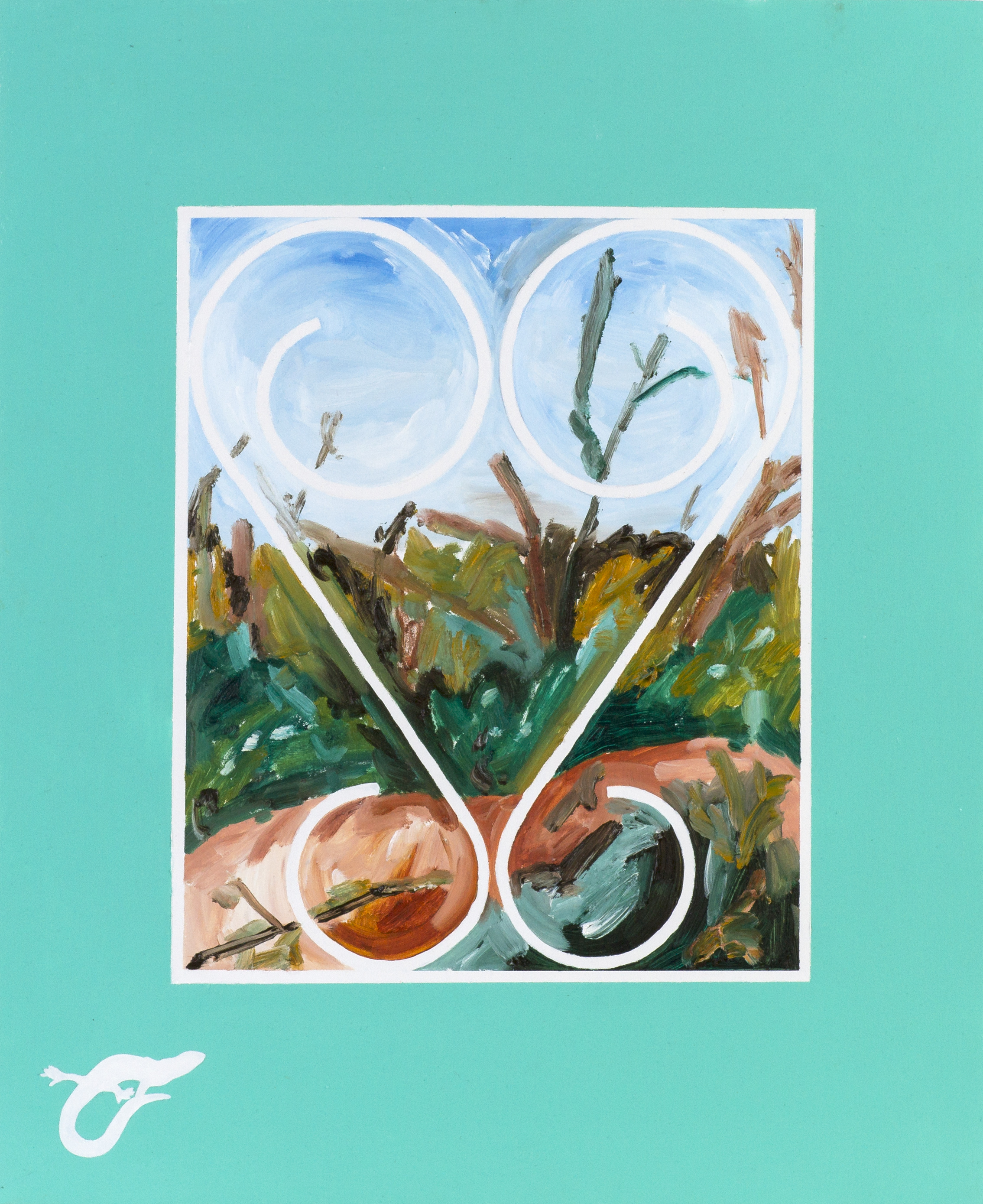
Untitled,
Oil, enamel and acrylic on ply wood,
90x75cm, 2017
Oil, enamel and acrylic on ply wood,
90x75cm, 2017

Untitled,
Oil, enamel and acrylic on ply wood,
90x75cm, 2017
Oil, enamel and acrylic on ply wood,
90x75cm, 2017
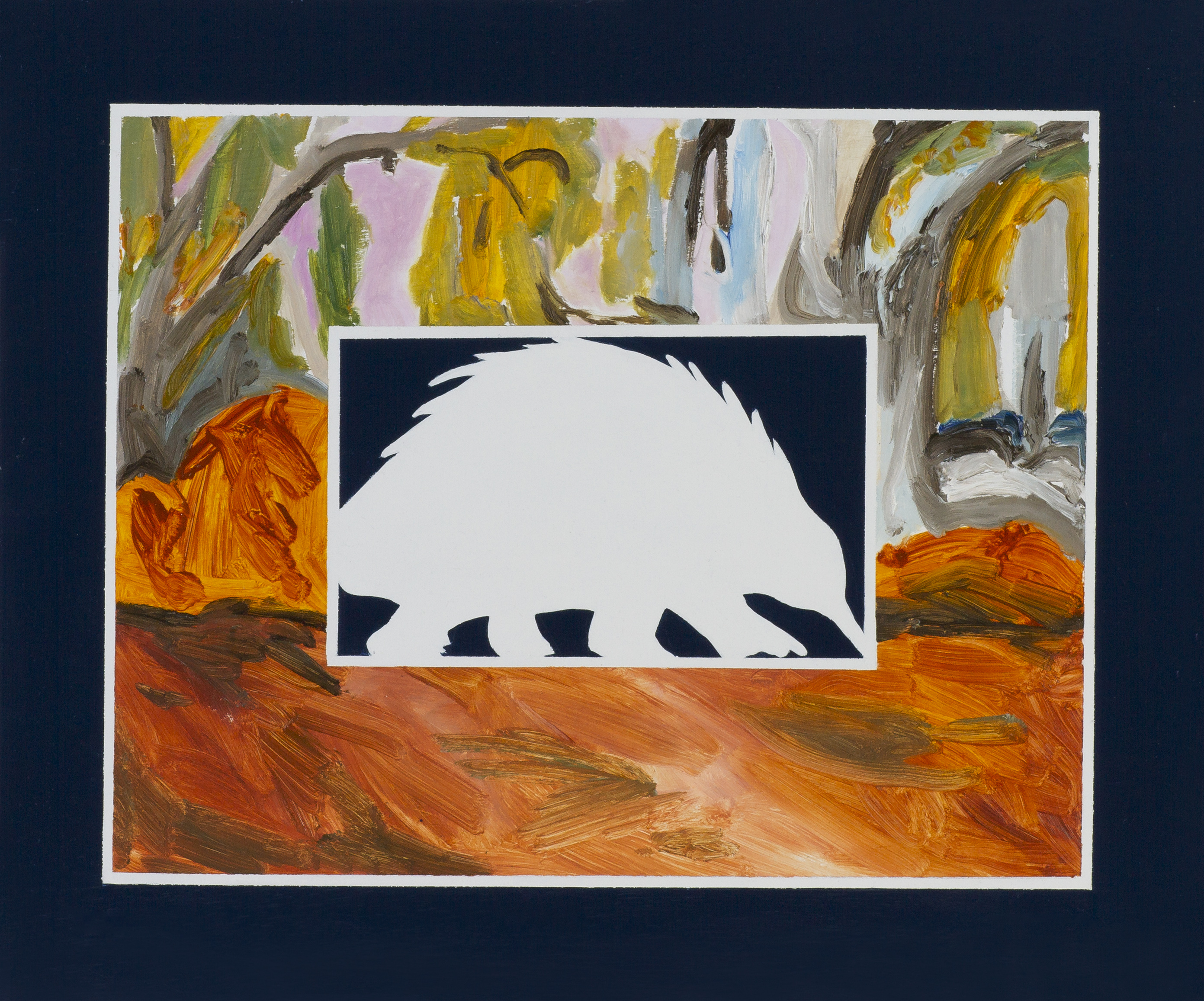
Untitled,
Oil, enamel and acrylic on ply wood,
90x75cm, 2017
Oil, enamel and acrylic on ply wood,
90x75cm, 2017

Untitled,
Oil, enamel and acrylic on ply wood,
90x75cm, 2017
Oil, enamel and acrylic on ply wood,
90x75cm, 2017

Untitled,
Oil, enamel and acrylic on plywood,
45x55cm, 2017
Oil, enamel and acrylic on plywood,
45x55cm, 2017
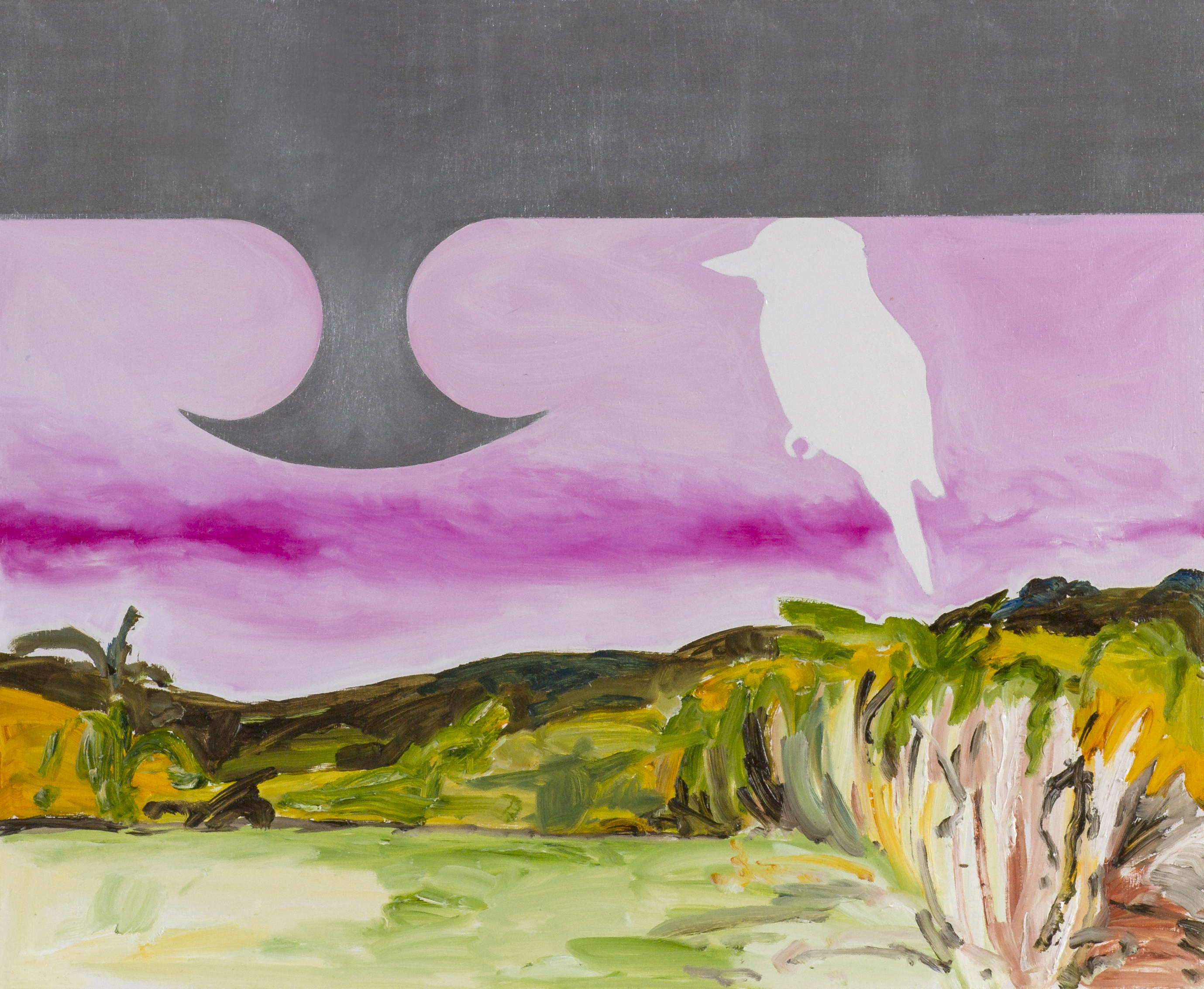
Untitled,
Oil, enamel and acrylic on plywood,
45x55cm, 2017
Oil, enamel and acrylic on plywood,
45x55cm, 2017
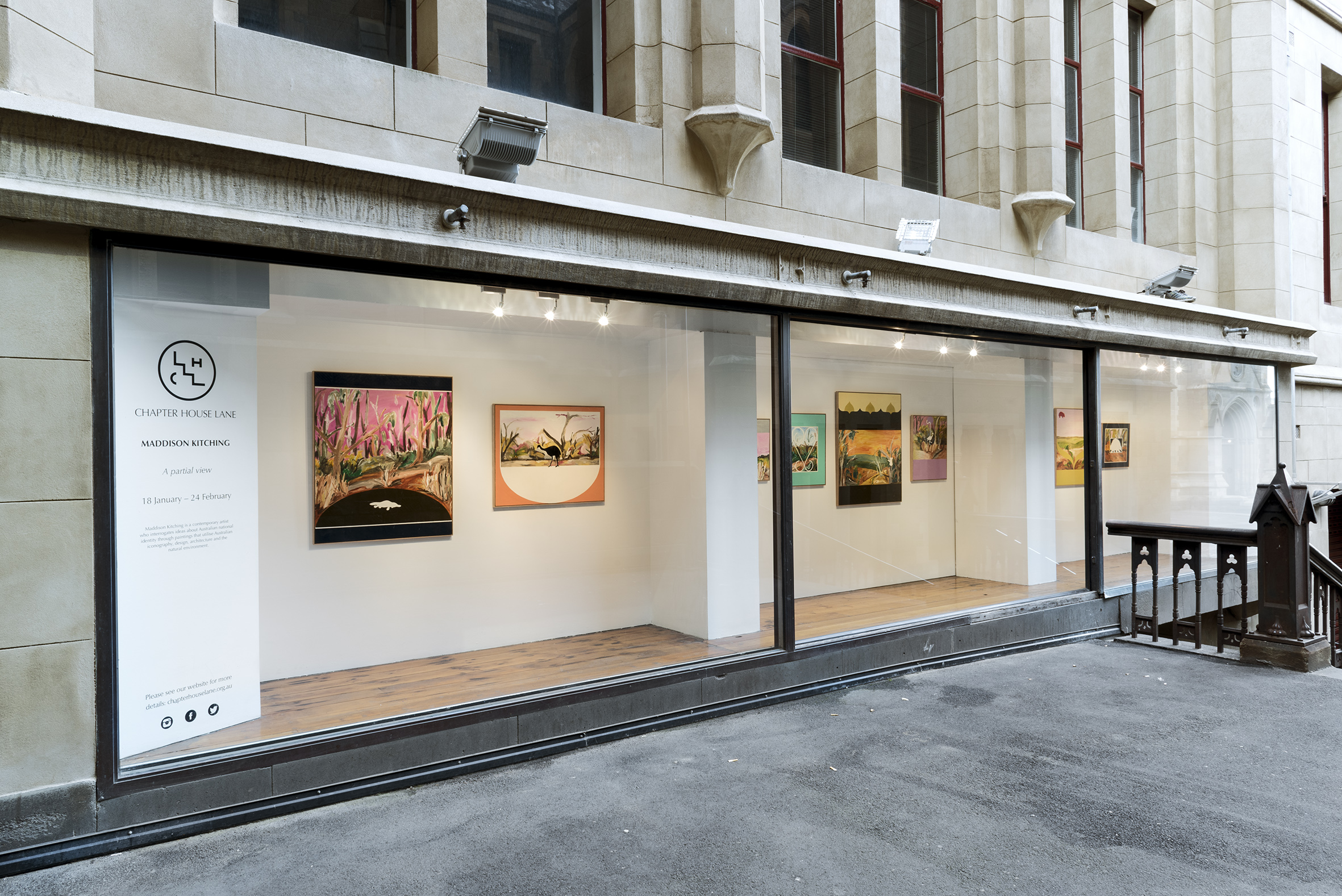
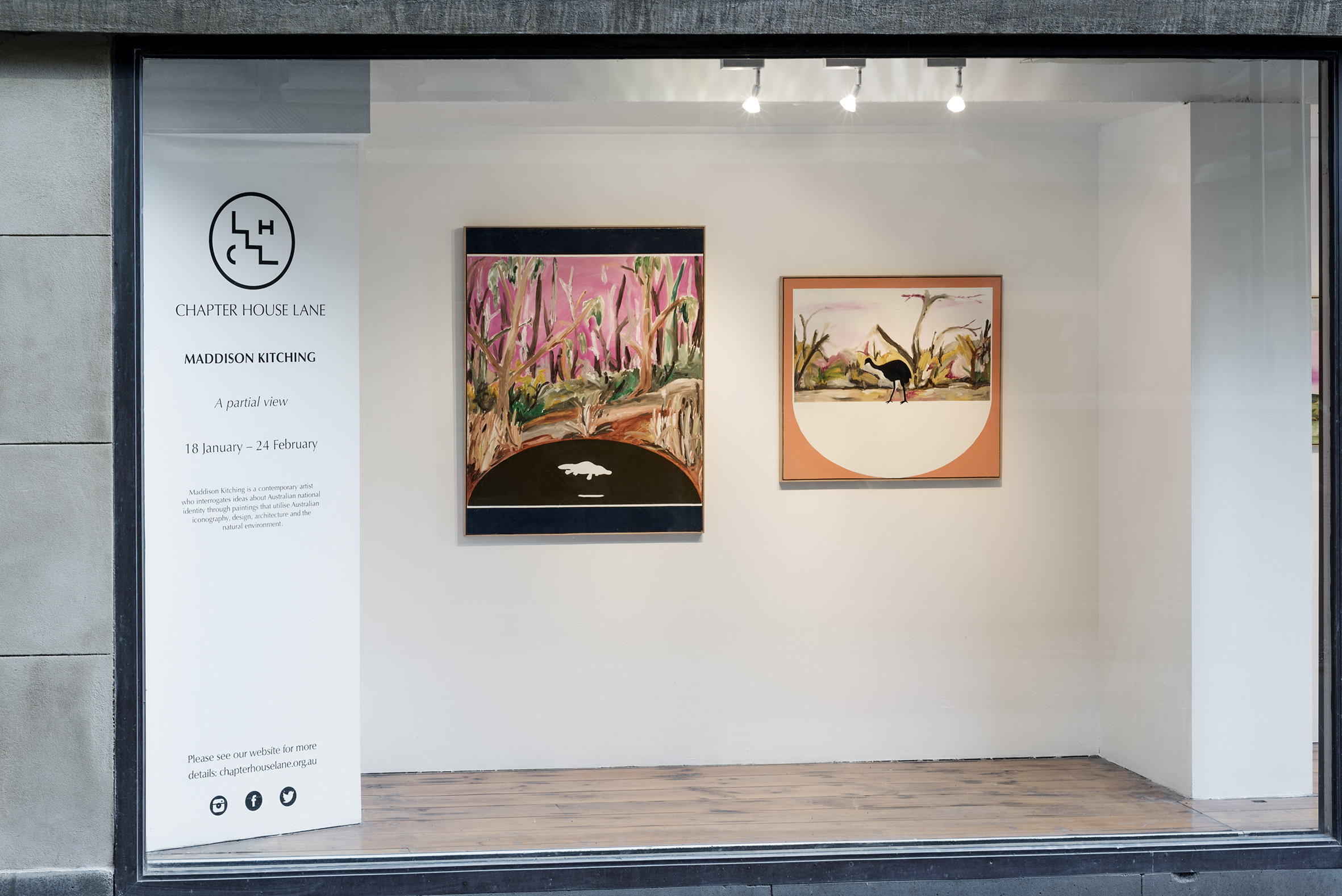
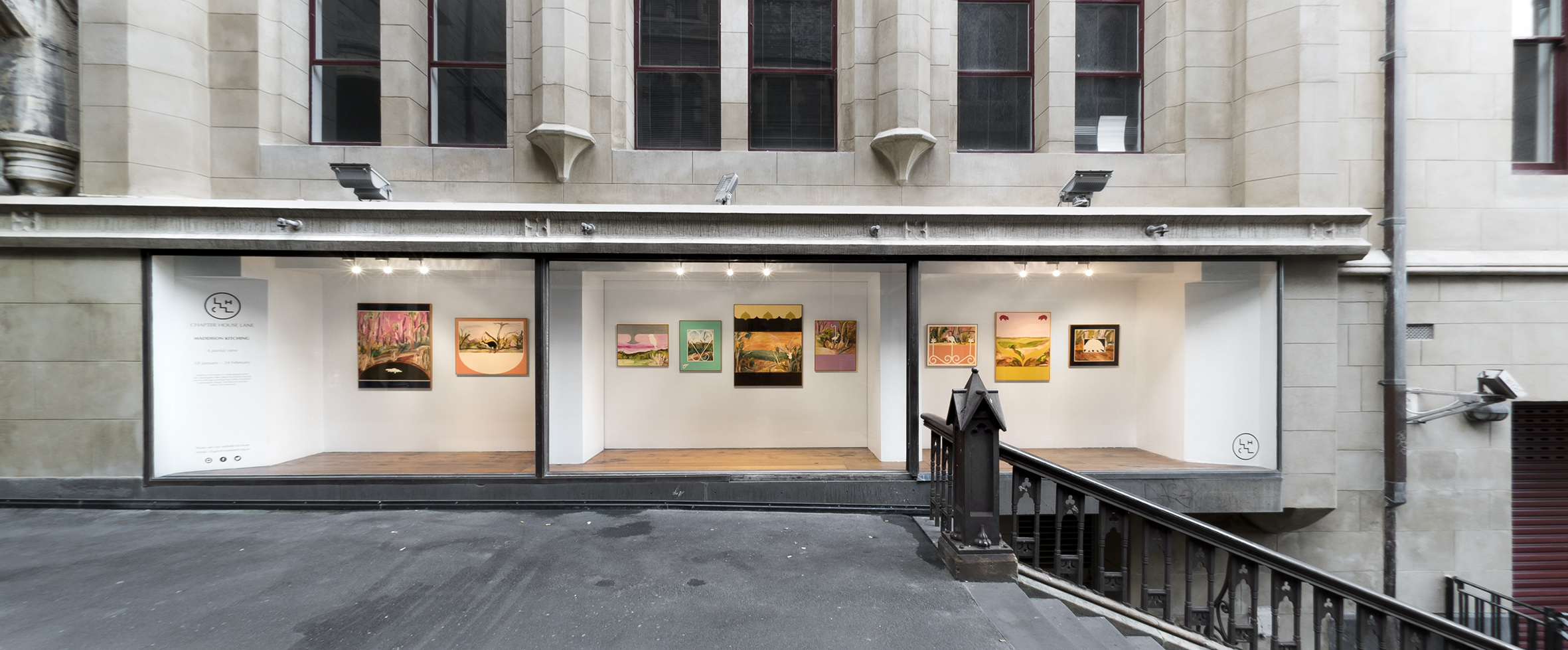
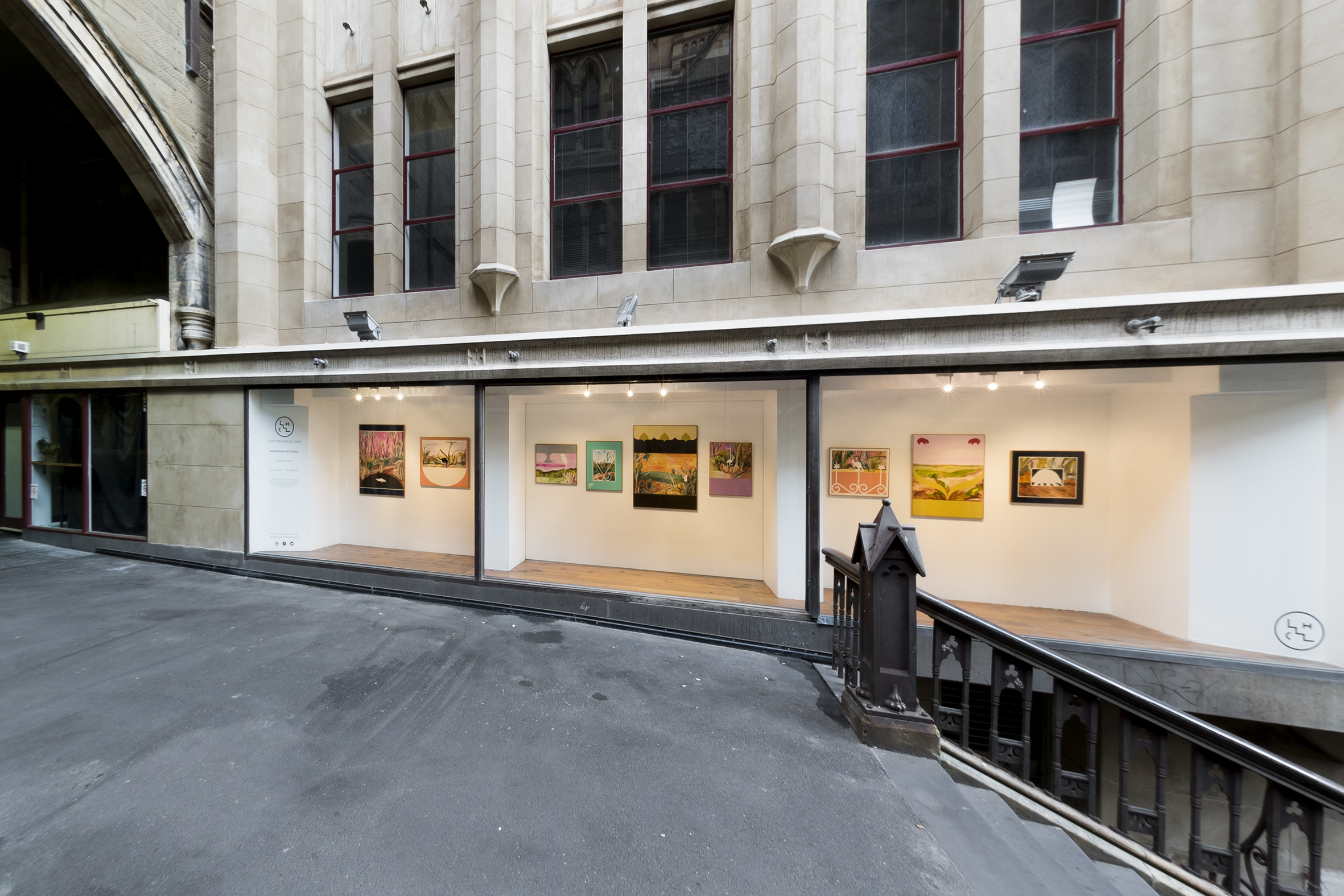


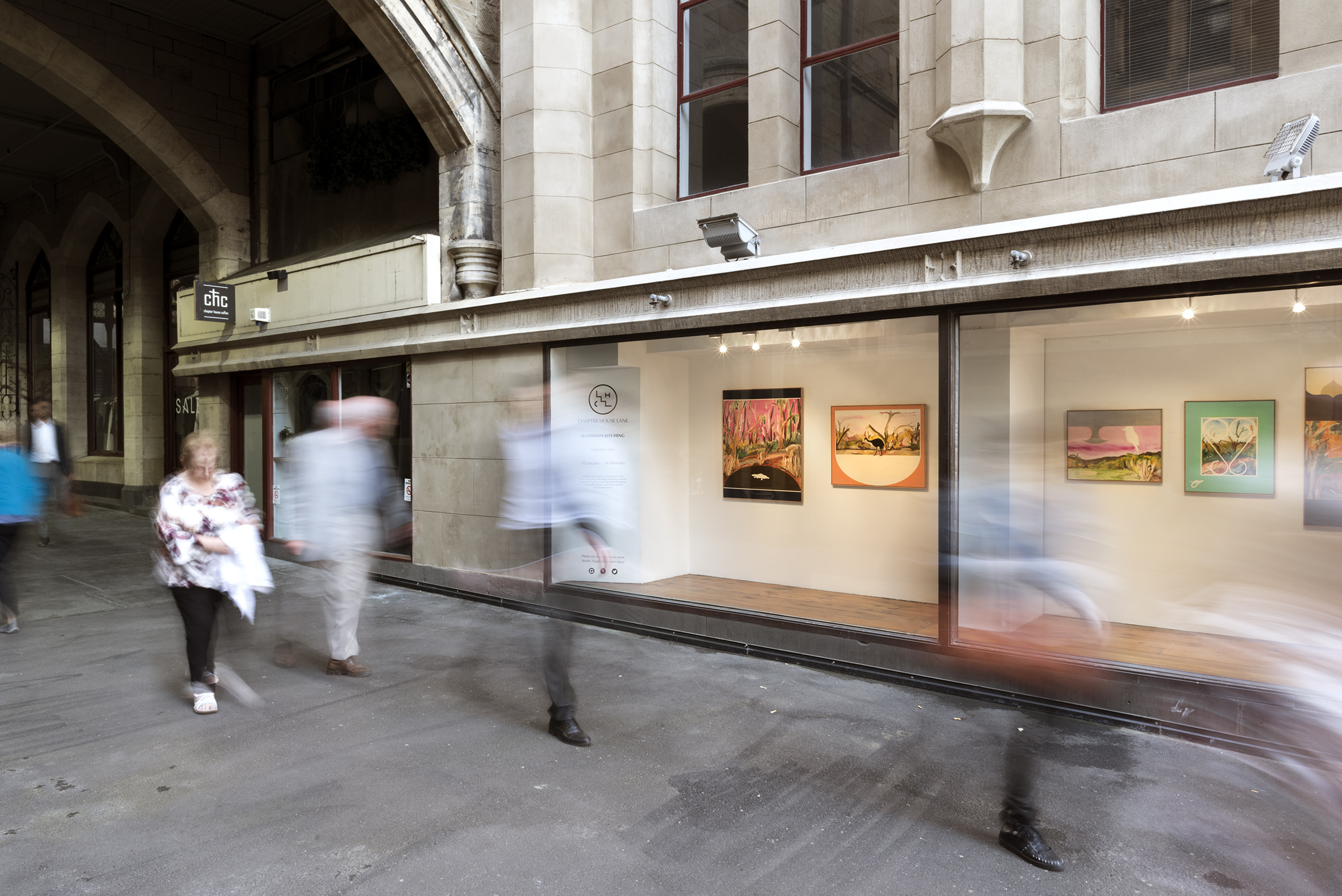


Photos by Aaron Claringbold
Maddison Kitching – A partial view
By Andy Butler
Kitching’s series A partial view calls in to question the conceptual and aesthetic tools that European sensibilities and art movements use to make sense of the bush. The settler imagining of what constitutes the Australian landscape, and our relationship to it, is a constant in the ongoing colonial project – it’s a fundamental part of how we form our identity. Alongside the brutal invasion of this continent, as settlers we continue to build a narrative of belonging and homeliness on unceded lands under occupation. The way we’ve fought to overcome the landscape itself, both in a physical sense and in the stories and artworks we make about it, is a longstanding culture war. It has been our way of turning it into something familiar and palatable to European minds.
A partial view imposes motifs from stain-glass windows found in Colonial terrace houses over fabricated images of the bush. At a time when this city was expanding outwards and occupying more land, decorative elements of settlers’ houses framed an outward looking view with images of native animals. In the very way we built our houses during the gold rush – a time of great expansion - there was an attempt to bring a domesticated understanding of native fauna in to the architecture. Kitching lays these images over a painting style reminiscent of Australian Impressionism – his images would look familiar to anyone that has ever had a passing glance at paintings from the Heidelberg School.
None of the decorative elements in A partial view are quite right, insofar as they are lifeless shapes that don’t belong. An emu is floating like an empty apparition just above the ground, a koala has completely missed a tree, a skink exists in a green domestic void. The landscapes he paints are homages to our dreams shaped by European art movements. Just as we were destroying bushland to build houses, so people could live here while they made money off natural resources, Kitching imagines what settlers would have been hoping for when they looked out the window.
How do we as viewers come to terms with the fact that the paintings are nice? Disarmingly pleasing, aesthetically familiar. Kitching’s previous work was driven by glossy magazine pictures of the Australian landscape, and A partial view continues an investigation of how we smooth over the uncomfortable parts of our history. But it further questions how we’ve built ourselves on to the continent while creating a palatable understanding of the very bush we’ve destroyed.
Hung here in the windows of Chapter House Lane, flanked by two architectural monuments to colonisation, and across the road from one of the largest and most prominent collections of Australian Impressionism, A partial view is a conduit for making sense of the paucity of the images, understandings and aspirations that settlers bring with us when trying to make an alien country our own. It speaks to the way our cultural output has shaped Australia in to a comfortable place to dwell. We brought a bit of Europe to the Southern Hemisphere, so we could tell ourselves that we always belonged, that living here was our right, that there was a racial and cultural hierarchy with a European vision at the top.
The foundation stone of St Paul’s Cathedral was lain in 1880, and it was completed in 1897. You are still invited to visit and worship in the church that is the seat of the Anglican Primate of Australia. Some late 19th and early 20th century worshippers would have originally visited St Paul’s from their Edwardian and Victorian era terrace houses, built around the same time. As they left their home they could have spied a koala in the window. You could probably have the same experience if you’re wealthy enough to live in the inner city.
Across the road, you can see the vestiges of an art movement that still defines us today. Up on level two of the NGV there’s works made by a small group of White people. Tom Roberts fell in love with a style of painting in Paris just as we started to build St Paul’s. When he returned to Australia, other artists flocked around him as they furiously painted their direct impressions of the landscape in the late 19th Century. They would build camps in the middle of the bush so they could make a national identity that could be palatable to us, and would make us worthy in the eyes of Britain. It was all about colour, painting en plein air, and the superiority of a European art movement in making sense of the bush and our place in it. It is a popular part of the NGV collection for tourists, school groups and White people.
The works in A partial view wouldn’t look out of place in an Impressionist bush camp.
Those Impressionist bush camps, where groups of White Australians sat around painting what they saw, would have been on the same land of frontier wars and displacement of First Nations people in Victoria. The ease with which the culture, livelihood and very survival of what was here before was aggressively done away with to create a European idyll is devastating. This same dynamic is what drives the construction of monuments in the centre of a city that are so closely tied to a colonising power’s understanding of itself; it drives the creation of a style of painting and architecture that feels like home.
Kitching’s A partial view asks us whether we were ever really looking at the bush at all. The title of the series gives the obvious answer. In making these paintings though, in a way that brings together empty building blocks of our will to create a home on this continent, Kitching is also asking us to consider what we’ve turning away from, and gestures towards those things that we can never access given the colonial European blinders we’ve had on since we arrived.